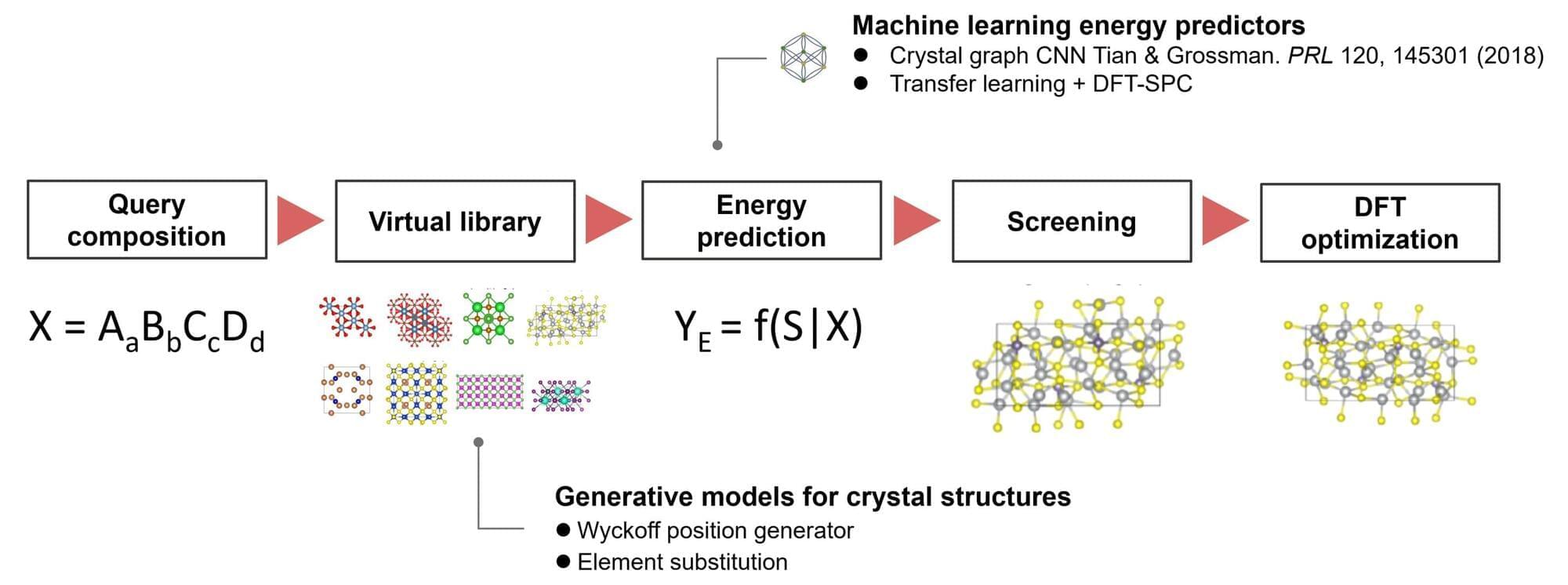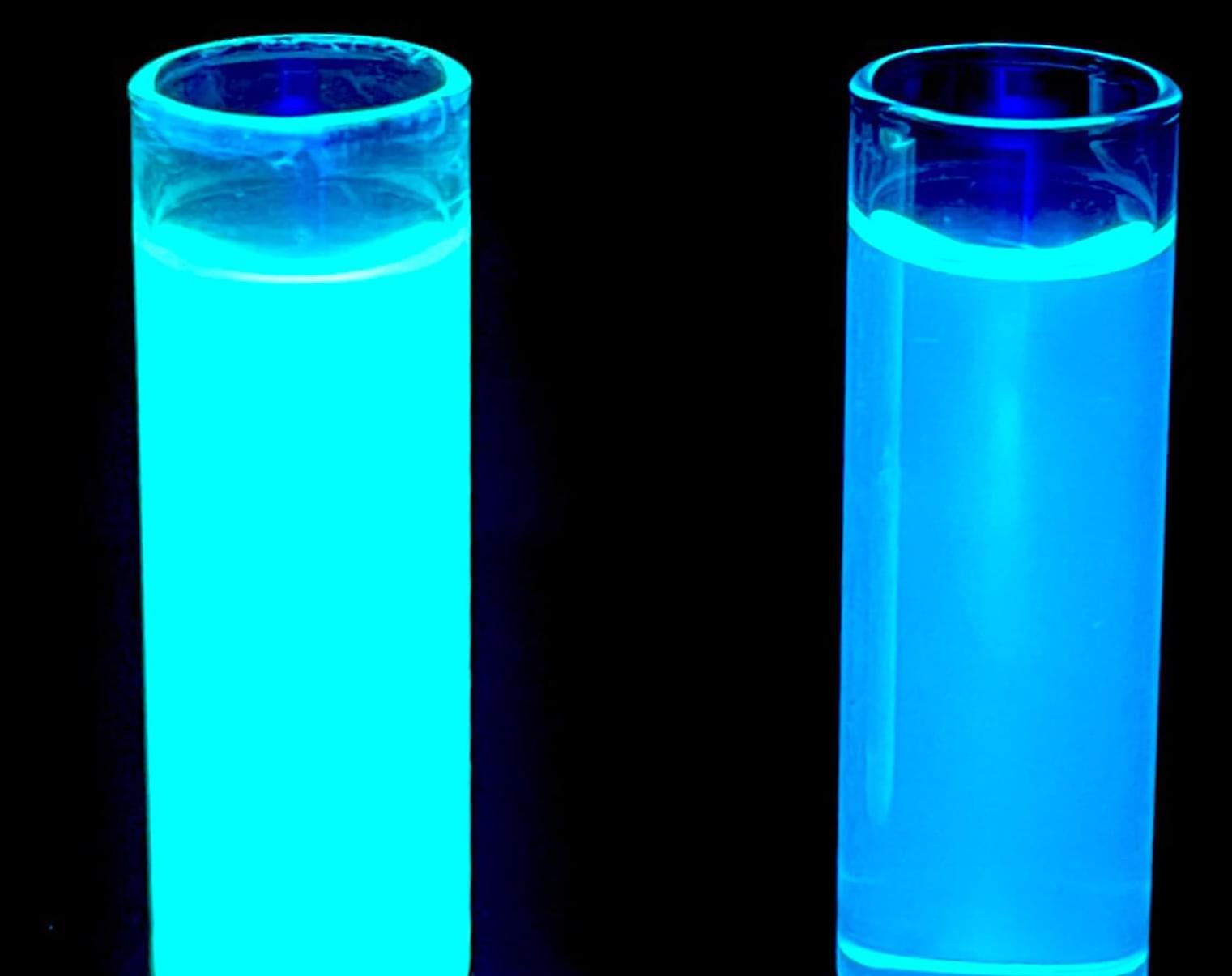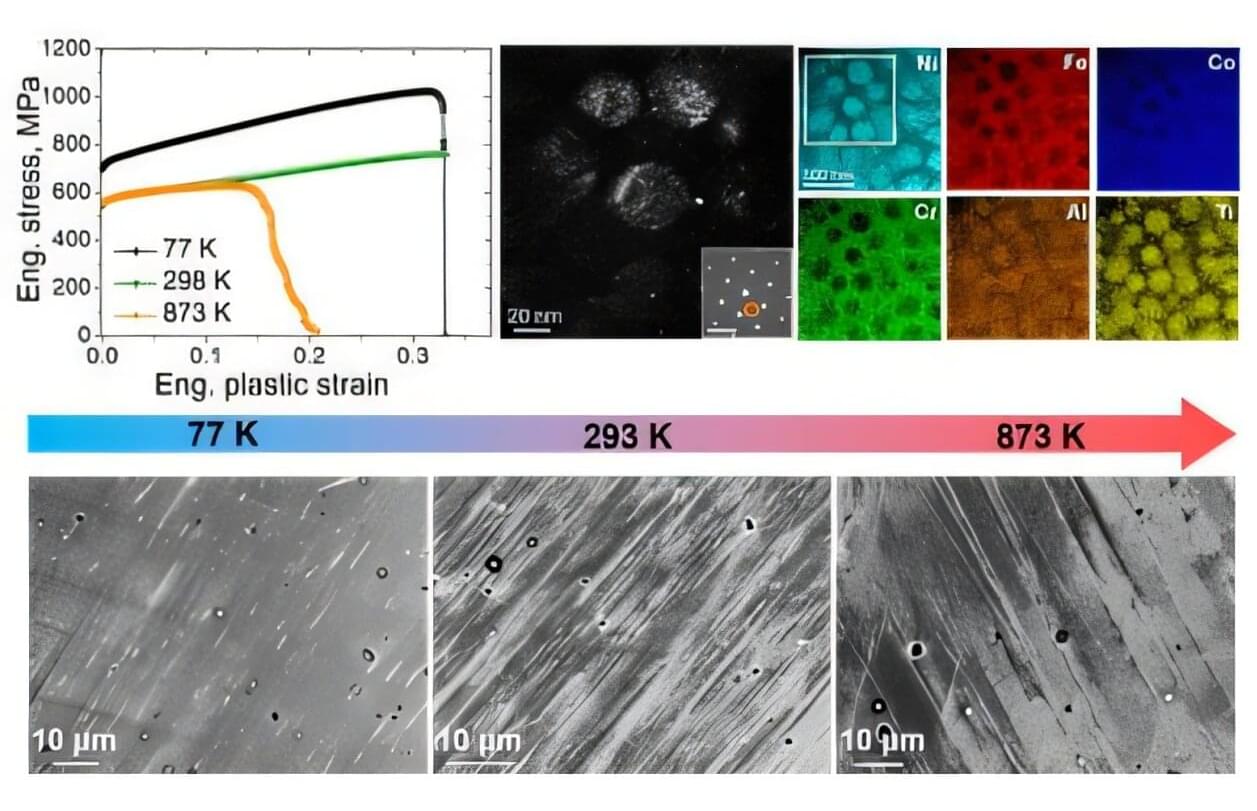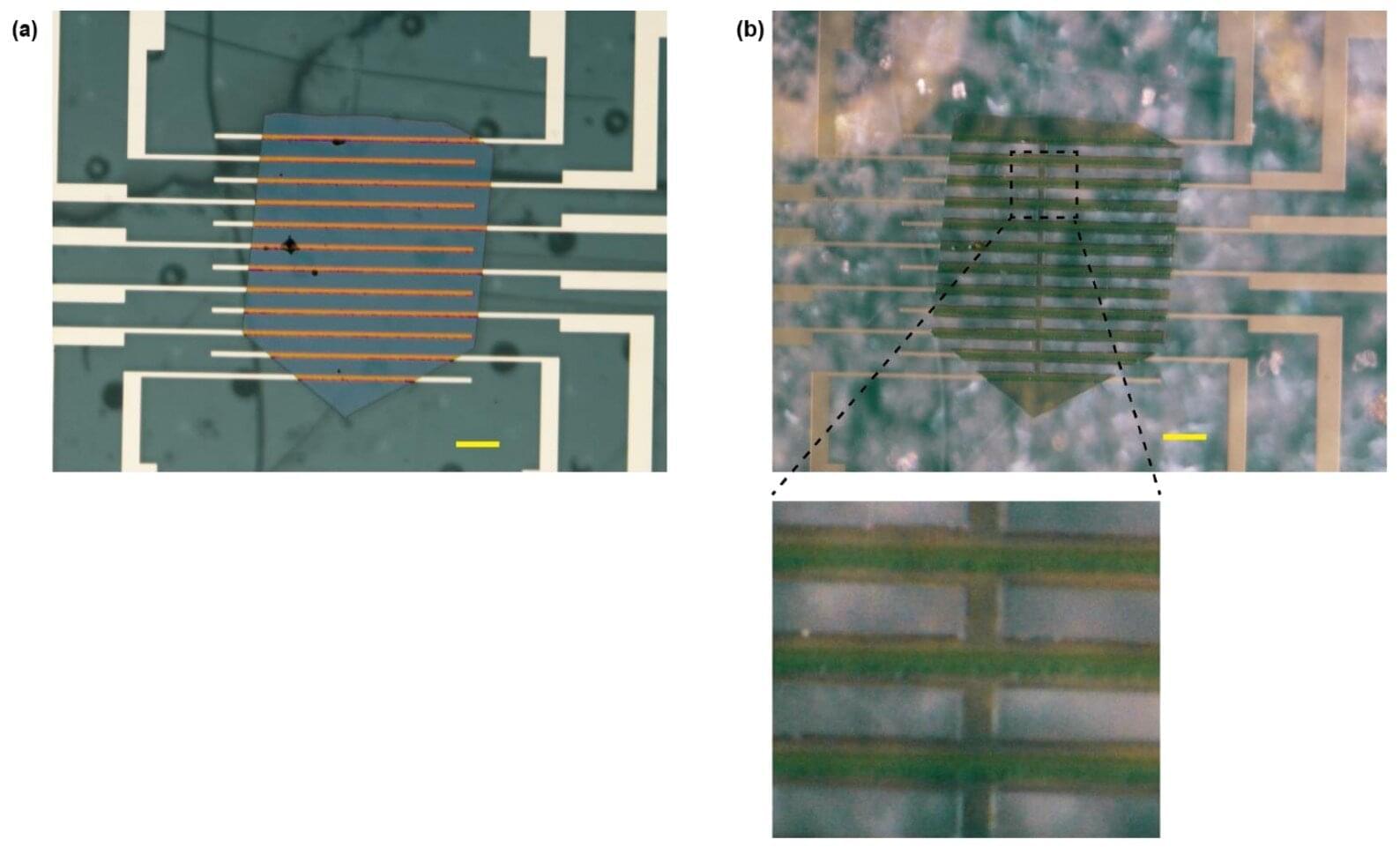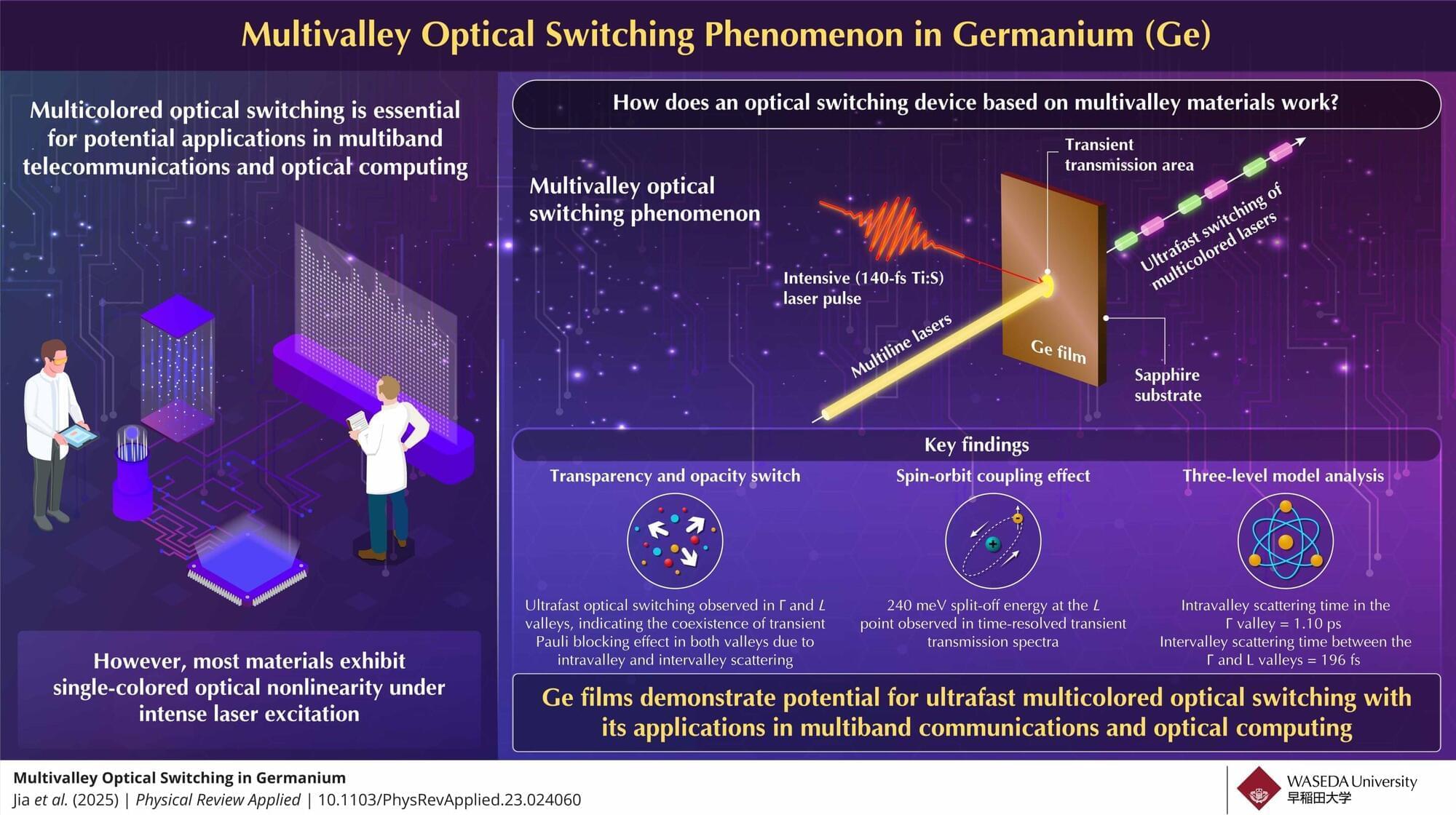A pair of physicists at Universidad Nacional de Mar del Plata, in Argentina, have created a computer simulation of the famed Antikythera Mechanism and in so doing have found that manufacturing inaccuracies may have caused the device to jam so often it would have been very nearly unusable—if it was in the condition it is now. Esteban Szigety and Gustavo Arenas have posted a paper on the arXiv preprint server describing the factors that went into their simulation and what it showed.
In 1901, divers looking for sponges off the coast of the Greek island, Antikythera, discovered a mechanical device among the ruins of a sunken ship. The mysterious device was dated to the late second or early first century BCE, and from that time on there has been much debate in the scientific community regarding its purpose.
Some markings on the device suggest it could be used to track time and astronomical events and even predict some others, such as the arrival of a comet, courtesy of its intricate gears and pointing indicators, by turning its hand crank. Since only one of the devices has ever been found, some have suggested it had an otherworldly origin.

